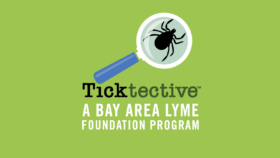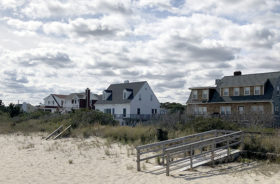FOR IMMEDIATE RELEASE
Media Contact:
Tara DiMilia, 908-947-0500, tara.dimilia@TMstrat.com
Herbal Medicines Demonstrate Potency Against Bartonella, a Disease-causing Pathogen, According to New Lab Study
Three of these herbal medicines also have high potency against Borrelia burgdorferi, the bacterium that causes Lyme disease, and Babesia duncani, according to previous lab studies also funded by Bay Area Lyme Foundation
PORTOLA VALLEY, CA, August 5, 2021—Bay Area Lyme Foundation, a leading sponsor of Lyme disease research in the U.S., today announced the publication of new data showing that herbal medicines have potent activity in test tubes compared to pharmaceuticals commonly-prescribed for the treatment of Bartonella henselae, a bacterium believed to be carried by ticks and the cause of cat scratch fever. This is the first study to find antimicrobial activity of some of these herbal medicines. Published in the journal Infectious Microbes & Diseases, the laboratory study was funded in part by the Bay Area Lyme Foundation.
“With increasing rates of tick-borne diseases and a consistent concern about the overuse of antibiotics, this early research of herbals is extremely exciting,” said Linda Giampa, executive director, Bay Area Lyme Foundation. “We are hopeful that future pre-clinical and clinical studies will continue to show that herbals have the same effectiveness as this study and other recently-published studies.”





